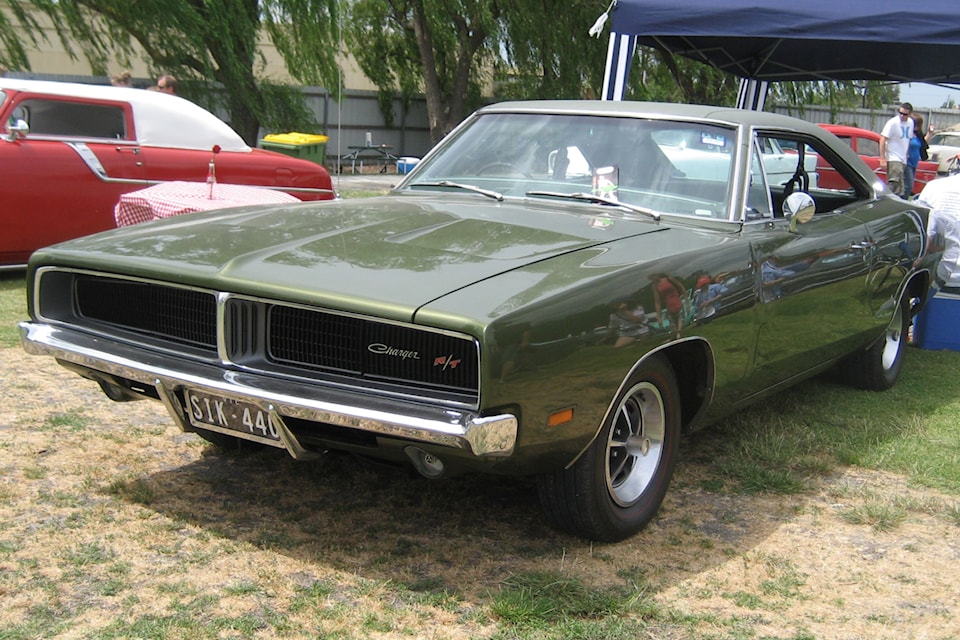A car in an outdoor parking lot caught my attention.
It was an orange Dodge Charger from 1968 or 1969, with a black vinyl roof, and it was noticeable among the many late-model vehicles on the lot.
At one point, a lot of Dodge Chargers from 1968 to 1970 had a common look. Car enthusiasts would rebuild these cars as replicas of the General Lee, the car featured in the American television series, the Dukes of Hazzard.
The car in that series was an orange 1969 Dodge Charger, with the number 01 on each door and a Confederate battle flag on its roof.
The car, its name and the flag all pay tribute to the South in the American Civil War from 1861 to 1865. The car鈥檚 horn played the opening bars of Dixie, the unofficial national anthem of the Confederate States of America. The South was on the losing end of that war.
Today, the imagery associated with the South in the American Civil War is not well received. Today, the Confederate battle flag is associated with anti-Black racism and white supremacy.
However, when the show aired from 1979 to 1985, the Southern imagery did not result in any significant outcry. In fact, the action comedy series was the second most popular show on network television at the time, behind Dallas. After it was discontinued, it aired as reruns for many years.
In past years, I saw General Lee clones at least once or twice a year, in cities in western Canada. But the last time I saw a General Lee clone would have been in 2010 at the latest, in British Columbia鈥檚 Lower Mainland.
Why did this iconic car fade from view?
Part of the reason could be the limited supply of these cars.
In 1968, 96,100 Dodge Chargers rolled off the assembly line. In 1969, the number increased to 104,798, but in 1970, production dropped to 49,768. Dodge Chargers outside of these three years do not lend themselves to this treatment, as the look of the vehicle does not line up with the car used in the television show.
A more important factor has to do with changing times.
There is no law prohibiting someone in Canada from painting the Confederate battle flag on the roof of his or her car, nor are there any laws preventing people from flying this flag or using it as a curtain in an apartment window. However, these symbols do not appear as frequently as in the past.
Symbols and images which did not attract attention in the past are now considered highly offensive or controversial. The same holds true of some slurs and insults common only a few decades ago.
This car I saw had likely been used as a project car, inspired by the television show. The orange colour suggests this, as orange was not among the factory colours used on the Charger in the late 1960s.
For any number of reasons, the owner had abandoned the Dukes of Hazzard treatment. Instead of building a replica of a car with imagery now considered controversial, the owner might be putting his or her attention to other aspects of the car.
This is how attitudes begin to change.
The owner might not wish to drive a car with a flag considered offensive, and the fascination with a former television show has faded.
Today, the Dodge Charger from the end of the 1960s can take its place as a beautiful collector car.
John Arendt is the editor of the Summerland Review.



